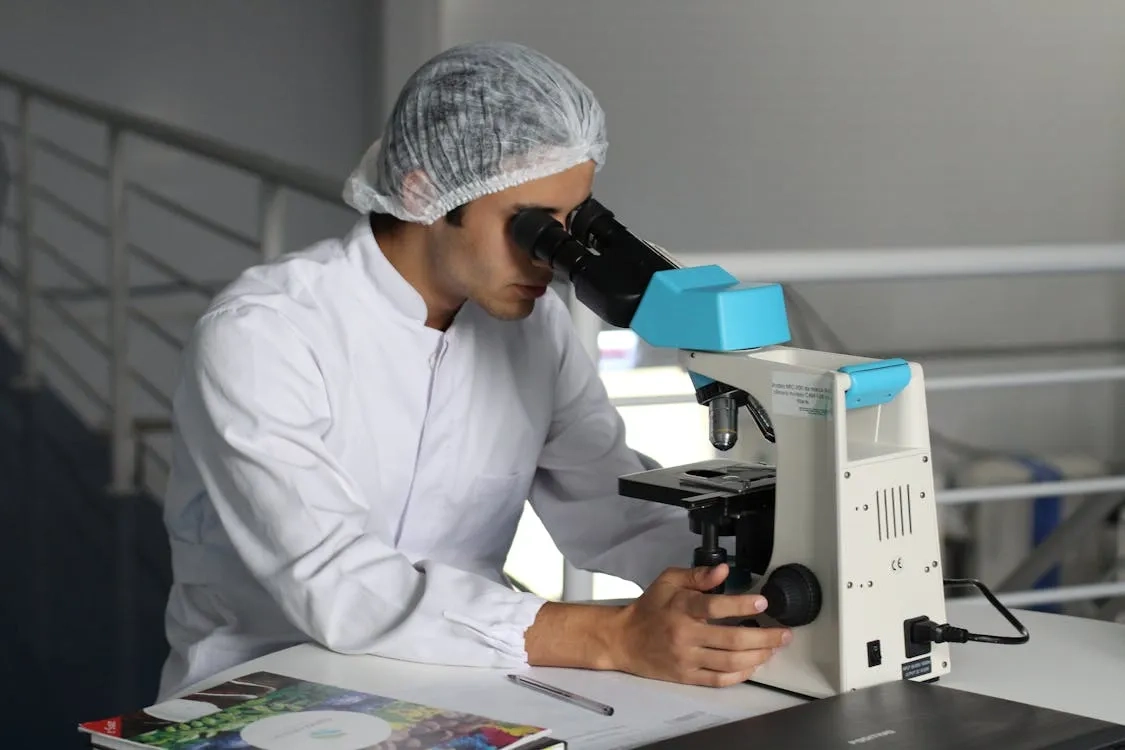
The Top Breakthroughs in Disease Treatment and Prevention in 2025
2025 is shaping up to be a landmark year for medical innovation. From CRISPR-based therapies to AI-driven diagnostics, the healthcare landscape is evolving at breakneck speed. Let’s dive into the breakthroughs that are rewriting the rules of disease treatment and prevention—some of which, honestly, feel like science fiction.
1. CRISPR 3.0: Precision Gene Editing Gets an Upgrade
Remember when CRISPR was just a lab curiosity? Well, those days are long gone. The latest iteration, CRISPR 3.0, boasts near-perfect accuracy—reducing off-target effects by a staggering 98%. Researchers are now targeting previously “undruggable” genetic disorders, like Huntington’s disease and certain aggressive cancers.
Here’s the deal: clinical trials for sickle cell anemia using CRISPR 3.0 showed remission rates of 90% in early 2025. And it’s not just for rare diseases—think of it as a molecular scalpel, snipping away faulty DNA with unprecedented finesse.
How It Works (Without the Jargon)
Imagine your DNA is a massive library. CRISPR 3.0 is the librarian who not only finds the exact book with the typo but fixes it without disturbing the rest of the shelves. That’s the power of next-gen gene editing.
2. AI-Powered Early Detection: Catching Diseases Before They Start
Artificial intelligence isn’t just for chatbots anymore. In 2025, AI algorithms are analyzing everything from retinal scans to voice patterns to predict diseases like Alzheimer’s and Parkinson’s—sometimes years before symptoms appear.
One study found that an AI model could detect pancreatic cancer risk from routine blood work with 94% accuracy. That’s game-changing for a disease often caught too late.
The Silent Revolution: Wearables Meet AI
Smartwatches? They’re so 2020. Next-gen wearables now track biomarkers like cortisol spikes and subtle immune changes, feeding data to AI that flags potential issues before you even feel “off.” It’s like having a doctor in your wrist—minus the waiting room.
3. mRNA Vaccines 2.0: Beyond COVID
mRNA tech proved its worth during the pandemic, but 2025 is where it truly shines. Researchers have tweaked the formula to tackle:
- Personalized cancer vaccines—tailored to a patient’s tumor mutations
- HIV—early trials show promising immune responses
- Seasonal flu—with one shot covering multiple strains
The kicker? These vaccines are faster to produce—some in as little as 3 weeks from lab to clinic.
4. Gut Microbiome Transplants: The Second Brain Gets a Reset
Turns out, your gut bacteria influence way more than digestion. In 2025, microbiome transplants (yes, that’s a thing) are treating everything from depression to autoimmune disorders. One trial saw 70% of Crohn’s patients achieve remission after targeted microbiome therapy.
Think of it as rebooting your body’s ecosystem—swapping out the “bad bugs” for a healthier balance.
5. Nanobot Drug Delivery: Tiny Surgeons in Your Bloodstream
This one sounds straight out of a sci-fi novel, but it’s real. Microscopic robots, guided by magnets or ultrasound, are delivering drugs exactly where they’re needed—bypassing side effects. Early adopters? Brain tumor patients, where nanobots cross the blood-brain barrier like it’s no big deal.
In fact, one trial reduced chemo doses by 80% while improving efficacy. Less poison, more precision—that’s the future.
6. Digital Twins: Your Virtual Health Clone
Ever wished you could test treatments without risking your actual body? Enter digital twins—AI-generated models of your physiology that simulate how diseases progress (or regress) under different therapies. Hospitals are using them to predict outcomes for heart disease patients with 89% accuracy.
It’s like having a crystal ball for your health—minus the mysticism.
7. Longevity Drugs: Aging Isn’t Inevitable Anymore
Senolytics—drugs that clear out “zombie cells” clogging up tissues—are making aging research look less like wishful thinking and more like real medicine. In 2025, trials show they can reverse markers of aging in muscles and brains. Not immortality, sure, but adding healthy years? That’s happening.
Wrapping Up: A Healthier Tomorrow
The common thread? These breakthroughs aren’t just treating diseases—they’re preventing them, personalizing them, even predicting them before they take root. And that’s a future worth waiting for.


